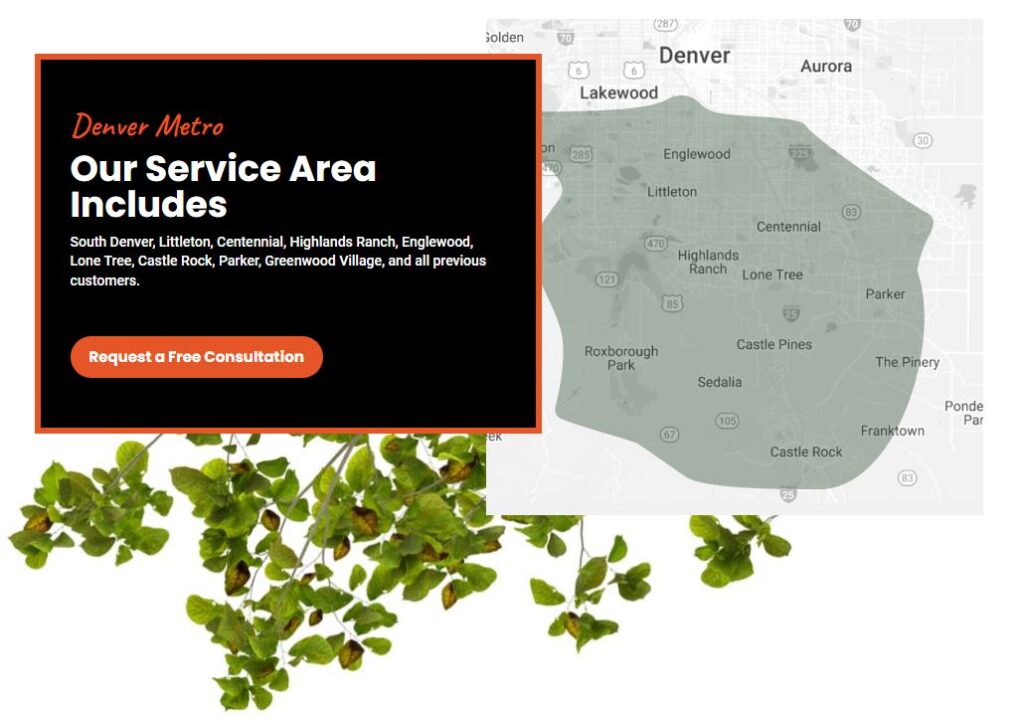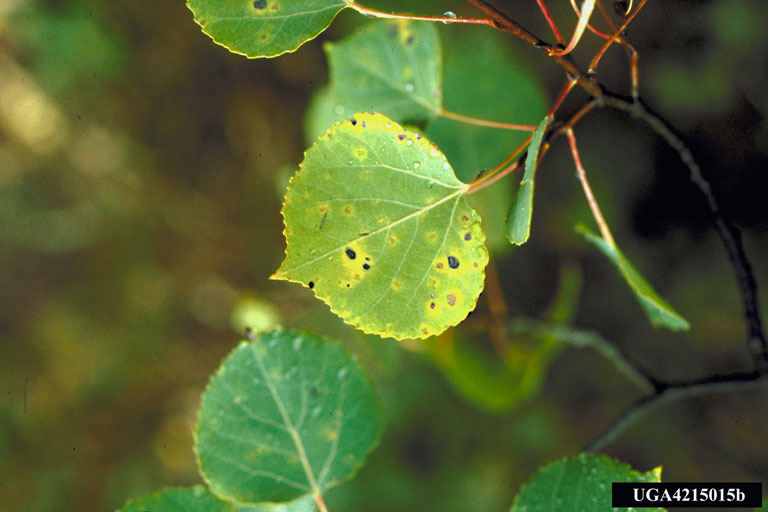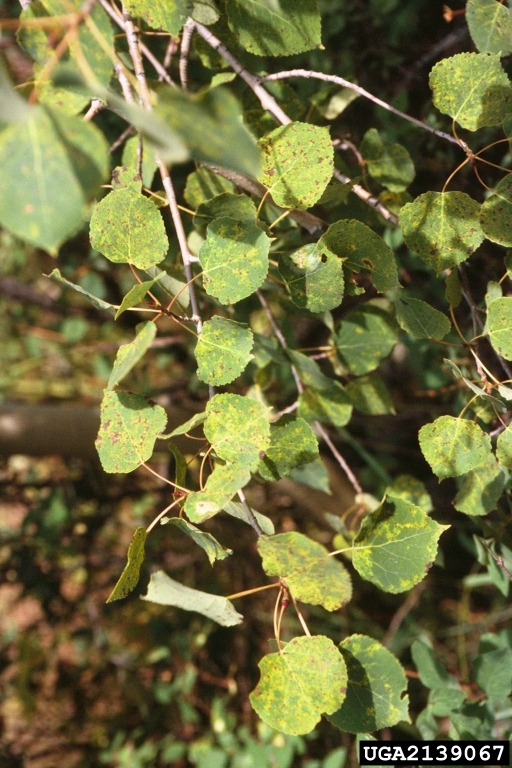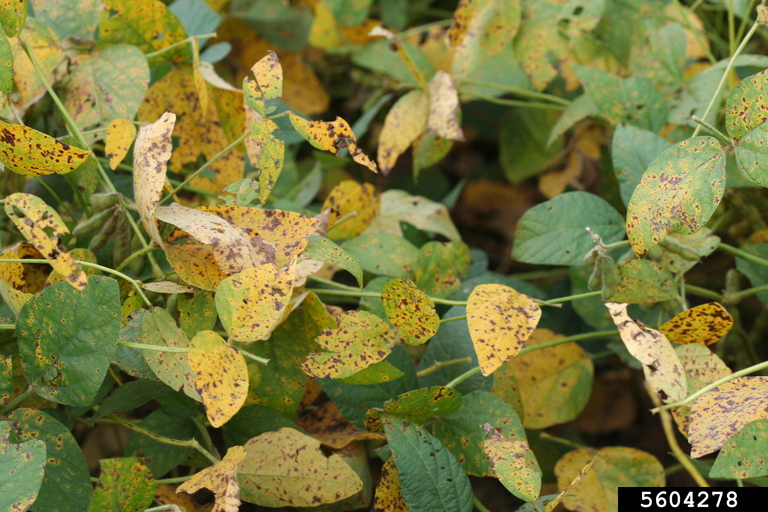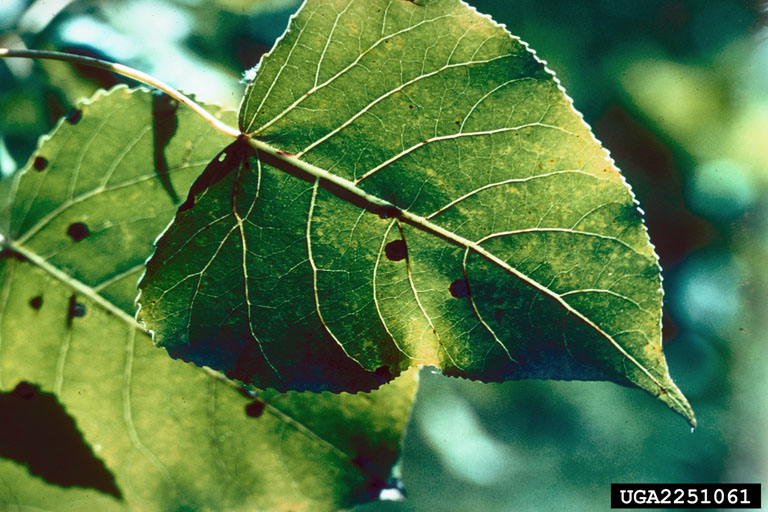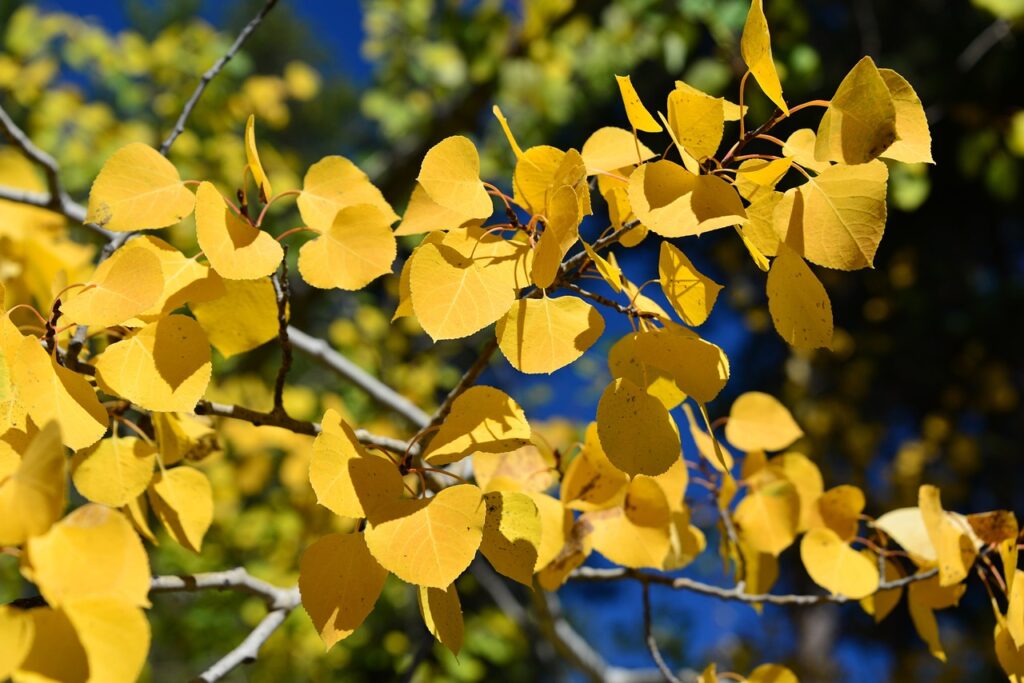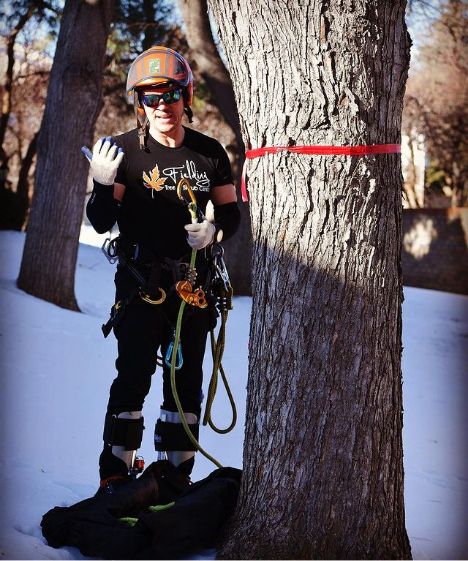Our team of arborists at Fielding Tree Care has been attentively listening to the concerns voiced by homeowners in Littleton and South Denver regarding peculiar issues like aspen leaves turning black or cottonwood tree problems. This has even led to many trees, especially those in the poplar family, losing their leaves prematurely; often, even before they can turn different colors for fall. And if we can tell you one thing upfront, it would be that your trees probably aren’t dying. In fact, they are most likely exhibiting a very healthy reaction to acclimate seasonal weather, and can easily recover next spring. Many homeowners rely on Denver arborist services to better understand these seasonal changes and ensure their trees stay healthy.
The influence of weather conditions on our local trees cannot be understated. Specifically, the extraordinarily wet spring and hot summer have played a pivotal role in the development of this leaf condition. In this article, we will explore in depth how these weather conditions have triggered the leaf issues that are currently prevalent in the Colorado Front Range.
Understanding leaf diseases and their impact on trees can be challenging, but we aim to make it as accessible as possible. This helps us ensure that the homeowners we serve in the Littleton and South Denver areas grasp the underlying problems affecting their trees this fall. Read on to learn more about fungus and leaf spots, or contact us today to schedule a free consultation on your property with one of our trained arborists.
The Role of Local Weather Conditions
It is abundantly clear that the combination of an exceptionally moist spring and hot summer throughout the Colorado Front Range had a profound impact on the health of aspen, cottonwood, and willow trees in our region.
Perfect Conditions for The Spread of Leaf Fungus
Two closely related yet distinct fungal diseases, namely Septoria Leaf Spot and Marssonina Leaf Spot, are the culprits behind the spotted, darkened, and falling leaves. It’s crucial for homeowners to understand that, while concerning, these leaf issues do not pose a significant threat to the long-term health of their trees.
Under normal circumstances, these diseases might cause minor leaf blotching, appearing as small dark specks on the leaves. These spots are usually inconspicuous to most homeowners, resembling tiny dots on aspen or larger spots on cottonwood leaves. Typically, the diseases remain limited, affecting only a few leaves scattered across the tree’s crown.
The critical factor in the rapid spread of these diseases is moisture. Fungal spores are released when the infected leaves come into contact with water, allowing them to spread widely and attach to other parts of the tree, especially the upper crown. The exceedingly wet June and summer weather created ideal conditions for the spores to proliferate, resulting in a hybrid of Septoria and Marssonina leaf spots.
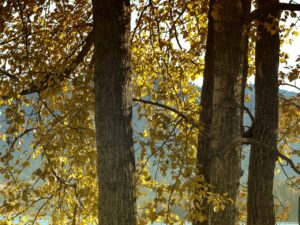 By the end of August, many Aspen and Cottonwood trees (and others) in the region displayed symptoms of browning and leaf discoloration, transitioning from dark green to gray-green or brown. Some leaves, already stressed by factors like hail damage, fell off as the tree’s mechanism to conserve resources. What leaves were left have struggled to make it through changing color before prematurely falling off.
By the end of August, many Aspen and Cottonwood trees (and others) in the region displayed symptoms of browning and leaf discoloration, transitioning from dark green to gray-green or brown. Some leaves, already stressed by factors like hail damage, fell off as the tree’s mechanism to conserve resources. What leaves were left have struggled to make it through changing color before prematurely falling off.
Despite the alarming appearance, these fungal leaf spots do not pose a significant long-term threat to tree health. In fact, similar events have occurred in the past, such as in 2015, when Colorado experienced unusually wet August conditions. Additionally, there are systemic factors at play within a tree and its ecosystem that help guarantee its survival through inclement weather. Read on to learn more about how these systems work and what you can do to treat your trees and prevent recurrence.
Interpreting the Symptoms of Fungus on Leaves of Trees
To assist homeowners in recognizing the symptoms, we will offer a clear visual description of what the black/brown spots on leaves look like and spread. We’ve broken it down by fungus, but we want to remind you that you will most likely see a combined presence of both fungi on the leaves of your cottonwood, aspen, and other poplar trees.
Identifying Marssonina and Septoria Leaf Spot
Marssonina Leaf Spot:
- Early Symptoms: Marssonina leaf spots start as dark brown flecks on the leaves, often with yellow halos around them. Immature spots have a distinctive white center.
- Late Symptoms: As the disease progresses, the spots may expand and fuse together, forming larger, irregularly shaped black dead patches on the leaves. This typically occurs in late summer.
- Additional Locations: Marssonina can also affect leaf petioles (the stalks that connect leaves to branches) and new shoots.
Marssonina survives the winter on fallen leaves that were infected the previous year. In spring, with warmer and wetter weather, the fungus produces tiny spores that are carried by the wind to infect emerging leaves. While early infections are usually not severe, if the weather remains favorable, these initial infections can lead to a widespread secondary infection. Heavy secondary infections become visible later in the growing season and can result in premature leaf loss.
Septoria Leaf Spot:
- Early Symptoms: Septoria leaf spots in early summer appear as distinct tan circular spots with black margins and small black fruiting bodies in the center.
- Late Symptoms: As the season progresses, these spots can evolve into irregular brown to black spots that may coalesce into large affected areas.
- Tree Variations: The appearance of Septoria leaf spots may vary depending on the tree species. It is mainly found in cottonwoods but can also affect aspen in urban areas.
Similar to Marssonina, Septoria survives the winter on fallen leaves infected the previous year. In the spring, with the arrival of warmer and wetter conditions, the fungus produces tiny windborne spores that infect newly emerging leaves. Early infections are typically not severe, but under favorable weather conditions, they can lead to secondary infections. Heavy secondary infections become noticeable later in the growing season and can result in premature leaf loss.
In both cases, these fungal diseases spread when weather conditions are conducive, and the visual symptoms progress from small, distinct spots to larger, more irregularly shaped areas as the season advances. Ultimately, heavy infections can lead to premature leaf loss, affecting the overall health and aesthetics of the affected trees.
Further Reading on Other Types of Leaf Spots
While Septoria and Marssonina leaf spots are the most prevalent types affecting aspen and cottonwood trees in Colorado, it’s worth noting that there are other types of leaf spots, although not as common at the moment. If you’re interested in learning more about these less common leaf spot diseases and how to identify and manage them, you can visit the Colorado State University Extension website. This resource provides comprehensive information to help you better understand and address various leaf spot issues that may affect your trees.
Leaves Browning or Blackening Is a Natural Response for Deciduous Trees
Deciduous trees, such as Littleton’s iconic cottonwoods, aspens, maples, and oaks, have evolved a unique survival strategy as part of their annual life cycle. While it might seem counterintuitive for these trees to shed their leaves, this natural response is essential for their long-term health and resilience.
Deciduous trees undergo leaf loss as part of their natural life cycle each fall while most of the stored starch is retained within the stem, trunk, and roots. In contrast, evergreen trees like pines, hollies, and boxwoods store a substantial part of these reserves in their leaves and do not lose their leaves in the fall.
What the Heck are Leaves Anyway?
Leaves function as miniature power plants for trees, converting sunlight, carbon dioxide, and water into sugar through the process of photosynthesis. Some of this sugar meets the immediate needs of the tree, supporting the growth of new leaves, stems, roots, flowers, and fruits. However, a significant portion of this sugar is stored as starch within the tree, reserved for the upcoming spring when the tree gears up for new growth. So, while leaf shedding may initially appear detrimental, it is, in fact, a survival strategy. By eliminating the immediate need for supporting and healing leaves, the tree can conserve more of the energy in its trunk.
The same goes for damaged or infected leaves. Although dropping them at the time of injury may not be a part of the tree’s seasonal cycle to drop leaves, the tree uses the same system to conserve energy rather than support and heal the injured leaf. This natural adaptation enables deciduous trees to adapt to challenges, ensuring their resilience when facing things like cottonwood tree problems or aspen leaves turning black due to fungal infections.
Managing and Preventing Dying Leaves
In our previous discussions, we’ve explored the various causes and symptoms of leaf spot diseases that can afflict your beloved trees and shrubs. Now, let’s delve into the vital aspects of treatment, prevention, and managing these issues to ensure your landscape remains healthy and vibrant. While leaf spot diseases may not pose a significant threat to your plant’s overall health, taking action is crucial to mitigate their impact and prevent recurrence in the following years.
Chemicals and Fungicides
Fungicides are generally not necessary unless your tree has lost its leaves multiple years in a row. If needed, apply fungicides preventively before symptoms appear on the leaves. Proper timing and complete canopy coverage, especially for large trees, are essential. Consider hiring a professional arborist for this task.
Tree Care Habits
While it may be frustrating to not have one quick and easy fix for leaf fungus, you’ll be glad to know that there are effective habits that can effectively treat this pesky issue.
1. Leaf Cleanup:
Removing and properly disposing of all fallen leaves and twigs in the fall is paramount. These fungi overwinter on infected leaves from the previous year, making leaf cleanup a critical preventive measure.
Rake up and dispose of fallen leaves before the first snowfall. This simple step eliminates the breeding grounds for disease-causing fungi, reducing the chances of reinfection during the next growing season.
2. Proper Spacing:
When planting new trees or shrubs, ensure that you follow recommended spacing guidelines based on their mature size. Overcrowding can impede air circulation, creating favorable conditions for leaf spot diseases.
3. Pruning for Circulation and Light:
Regularly prune your trees and shrubs to increase light penetration and enhance air circulation within the canopy. This practice minimizes damp and humid conditions, which are conducive to fungal growth.
4. Watering Technique:
Water your trees at their base to keep foliage dry. Avoid splashing water onto leaves, as wet conditions promote disease development. Using a drip or soaker hose is the best way to deliver water without wetting the leaves.
5. Stress Reduction:
To reduce stress on your trees:
- Maintain consistent moisture levels in the top 6 to 8 inches of soil throughout the growing season, especially during dry periods.
- Allow the soil to dry out between watering sessions.
- Maintain a 3- to 4-inch-deep layer of mulch around your trees, leaving a 2-inch space between the mulch and the stem for proper air circulation.
- Annually replenish the mulch and inspect to ensure the right levels are maintained.
- Avoid fertilizing trees and shrubs suffering from leaf spot diseases, unless a soil test recommends it to correct a nutrient deficiency.
6. Avoid Composting Leaves:
While composting is an eco-friendly practice for many yard waste items, it’s not recommended for leaves affected by leaf spot diseases. Composting can contribute to localized fungal populations, potentially exacerbating the issue.
Your Tree Is Not Dead or Dying
If your tree’s leaves fell prematurely this year or are on their way out with fungal spots now, your goal is not to get them to grow leaves again this season. Think of it as an early hibernation; and while they may have gone through a lot and lost their leaves, your trees are not dead or dying. More likely, they are exhibiting a very healthy reaction to acclimate to seasonal weather and will recover by growing new leaves next spring.
By diligently following these treatment and prevention guidelines, you can protect your trees and shrubs from recurring leaf spot diseases and ensure a healthier, more vibrant landscape. Remember, a proactive approach to tree care and leaf management is your best defense against these pesky fungal problems.
Conclusion
In conclusion, we urge homeowners in Littleton and South Denver not to be unduly alarmed by the appearance of black and brown leaves on their aspen, cottonwood, and willow trees. While this phenomenon may raise concerns, it is manageable and does not pose a significant threat to the long-term health of your trees.
At Fielding Tree Care, we are committed to providing you with expert guidance and solutions to address these leaf issues effectively. Our team of skilled arborists continuously updates their knowledge and stays informed about the latest practices and techniques in tree care. When you choose Fielding Tree Care, you can trust that your trees are in the hands of dedicated professionals who are passionate about delivering exceptional results. We offer a comprehensive range of tree care services, ensuring that homeowners throughout the region can benefit from our expertise. Explore our website to learn more about our services.
If you have any questions or concerns regarding your trees or need assistance with a free property assessment, please don’t hesitate to reach out to our knowledgeable team. Your trees deserve the best care, and the Fielding Tree Care arborists are here to deliver it.
OUR SERVICE AREA
